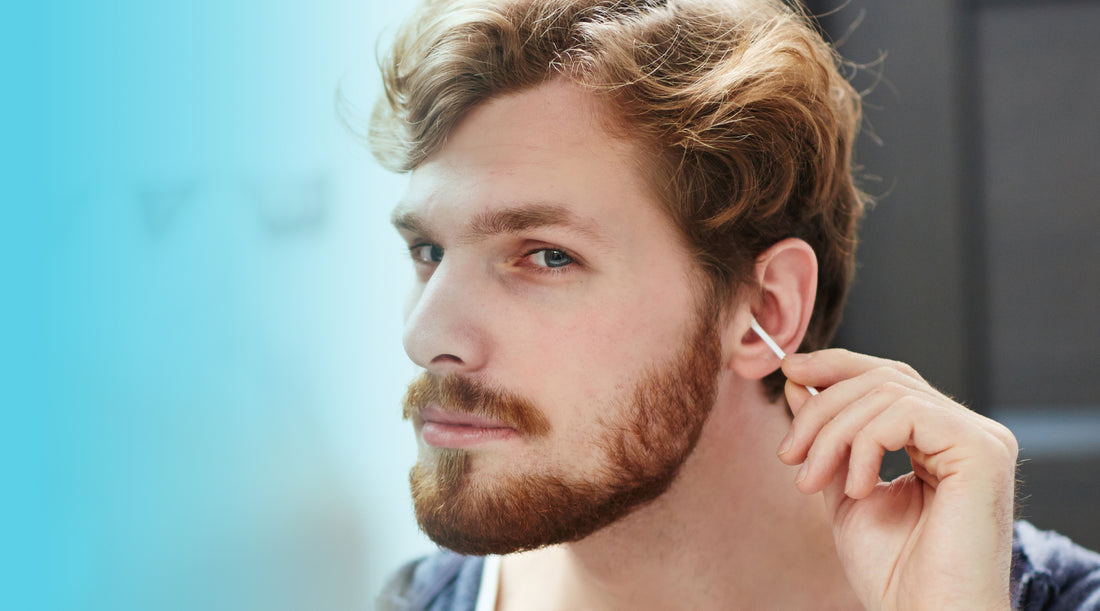
Understanding Earwax (And When To Remove It)
Share
The internet seems to be buzzing with advertisements for earwax removal tools these days. But are these devices actually safe to use? And more importantly, should we even be removing earwax to begin with? What's the point of earwax, anyway? We'll try to shed to light on these questions in this post.
The Protective Role of Earwax
Earwax, or cerumen, is a crucial component of ear health, playing a protective role by trapping dust, dirt, and bacteria. This natural barrier prevents these elements from causing harm to the inner ear. The reality is that earwax actually plays a critical role in maintaining ear health and preventing infection. However, when earwax accumulates excessively, it can sometimes lead to complications such as hearing loss, ear pain, and dizziness.
Safe Removal of Earwax
If you are going to remove earwax, doing it safely is a must. Instead of using a cotton swab, which can push wax further into the ear canal, gently wiping the entrance of the ear canal with a soft cloth when tilted to the side can be effective. Over-the-counter ear drops, containing hydrogen peroxide or mineral oil, are also a good choice. These drops can soften the earwax, making it easier to remove. For more persistent cases, seeking professional help from a healthcare provider or an ENT specialist is advisable. They might use specialized instruments or suction devices for safe removal.
Avoiding Harmful Practices
It's vital to avoid inserting any objects like cotton swabs or sharp tools into the ear canal. This common mistake can worsen the situation by pushing the wax deeper, leading to blockages. These tools may also cause damage to skin inside of the ear, or in a worst case scenario, the eardrum. Bottom line: don't attempt to remove earwax by sticking objects into your ear!
Roles of Earwax in Ear Health
Earwax serves several important functions. It acts as a shield for the ear canal, trapping dirt and preventing infections. Additionally, earwax keeps the ear canal moisturized, preventing dryness and irritation. Its infection-fighting properties further contribute to overall ear health. Unless earwax is causing discomfort or other issues, it's usually best to leave it undisturbed.
Maintaining ear health involves several simple practices. Avoid putting objects into your ear canal. Regularly cleaning the outer ear with a damp washcloth helps in keeping it clean without causing harm. When swimming, especially in less clean waters, it's important to dry your ears thoroughly afterward to prevent infections. If you experience symptoms like hearing loss, ear pain, or dizziness, it's crucial to consult a medical professional for appropriate care.
By understanding the role of earwax and following these ear care tips, you can keep your ears healthy and prevent problems related to earwax buildup. If you want to learn more about earwax, check out this article on Wikipedia.
This article is intended for educational purposes only and should not replace professional medical advice. For concerns about ear health, always consult a healthcare provider.
